Best plants for a crevice garden – 7 miniature yet mighty plants that will thrive in extreme conditions
Crevice garden plants provide a tapestry of textures in tricky areas of your yard

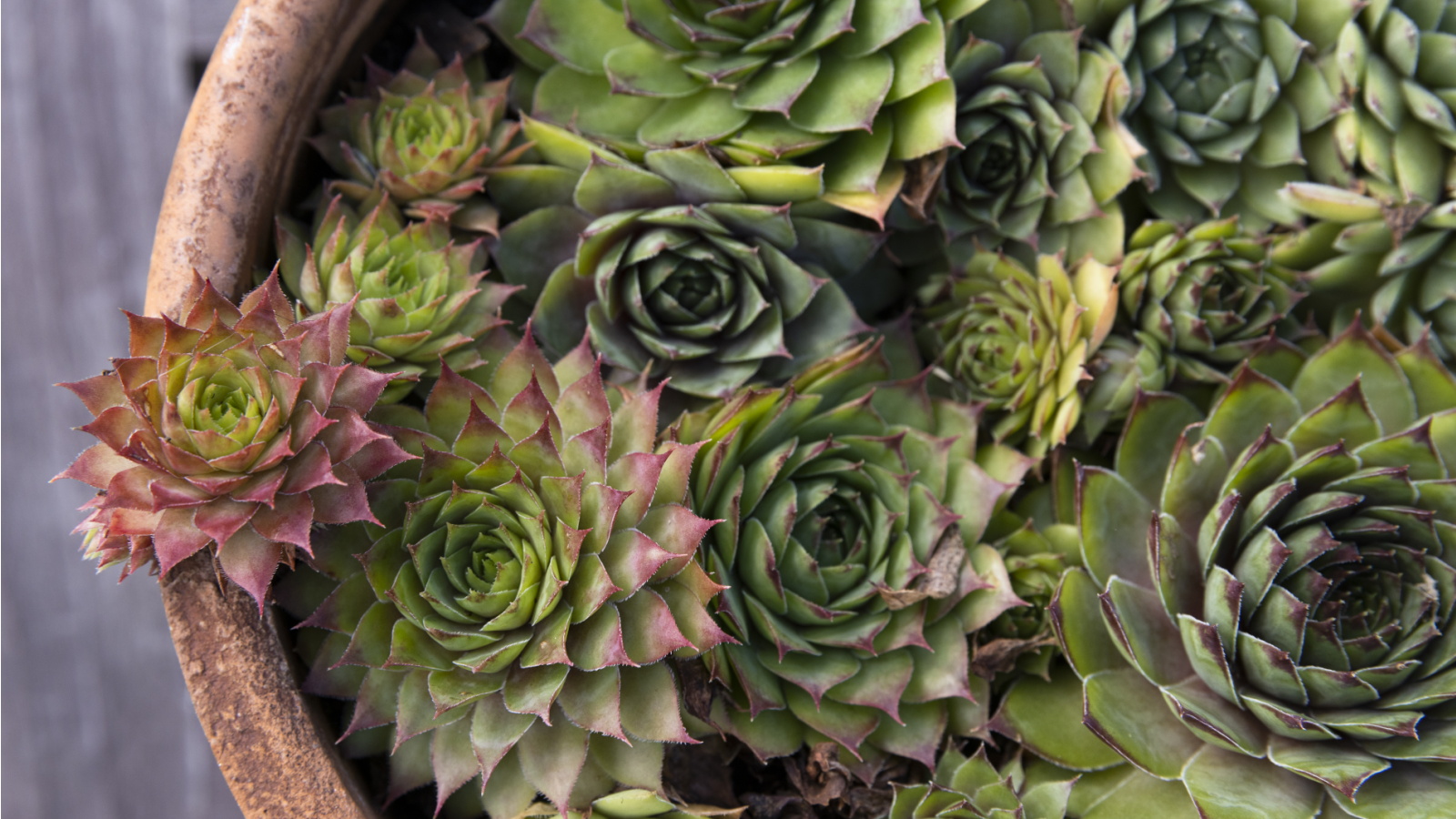
When it comes to making the most of those small yet trickier areas of a yard, choosing the right plants can make all the difference, turning a would-be arduous task into an easy and joyful one.
For crevice gardens in particular, you need plants that will thrive happily in poor, sandy soils, and that can survive in extremes of temperature. Whether you are starting a crevice garden from scratch, or adding plants to cracks in rocky walls and patios to create beauty in the somewhat neglected areas of your yard, these plants will work hard for you.
Here is our expert curation of the seven best plants you can choose for a crevice garden, and why they are so well suited to extreme conditions.
Hardy Living Stone
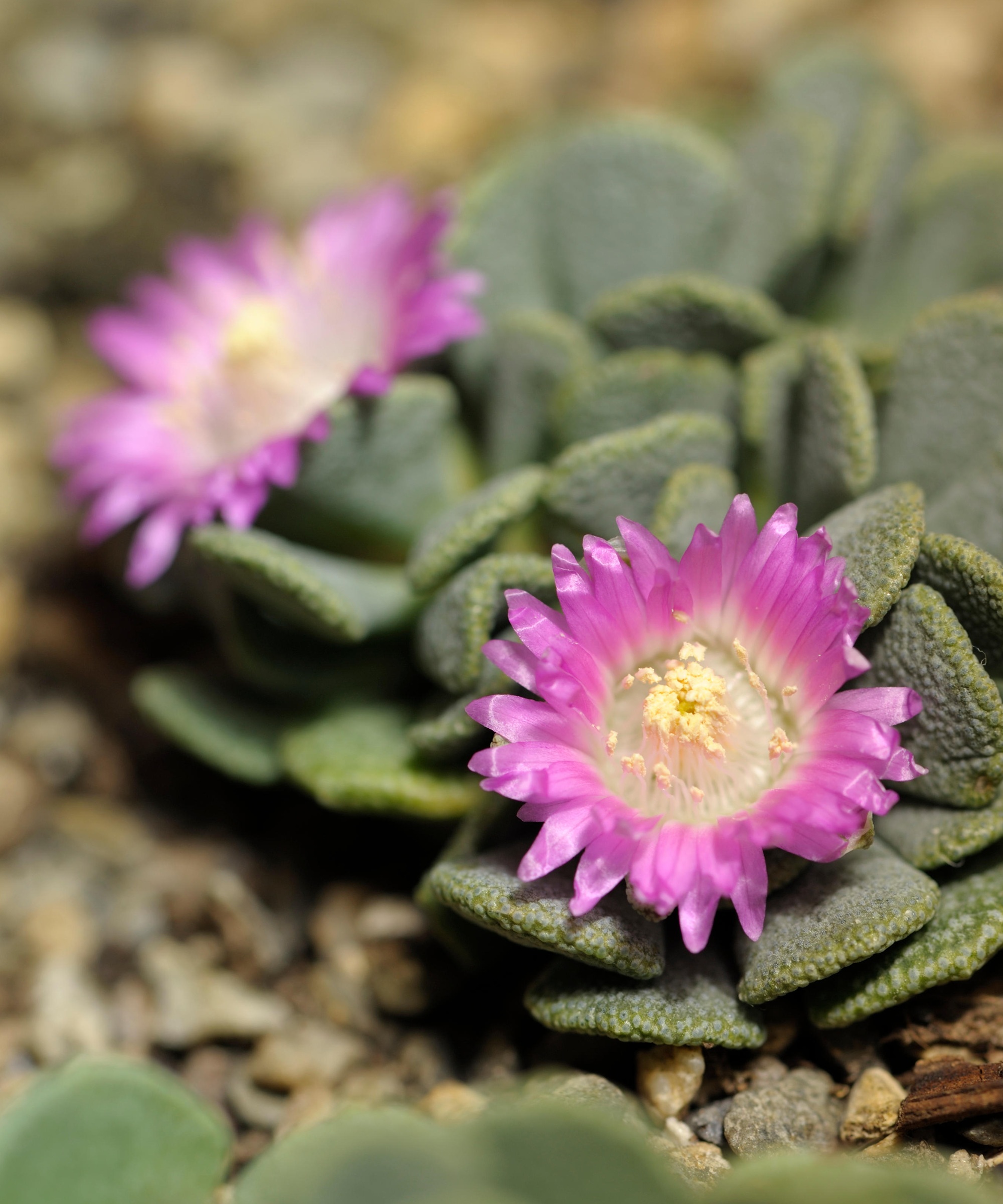
A remarkable succulent from the high, cold plateau of the Eastern Cape of South Africa, Aloinopsis spathulata bears big and showy nickel-sized flowers each spring that poke up through its unique clam shell-shaped leaves.
Producing large, sturdy tap roots that penetrates deeps between rocks, it's a extremely drought resistant and a great choice for firescaping and xeriscaping.
Cold hardy thanks to it's unusual, curved thick leaves it can survive in USDA zones 6-9.
Stonecrop
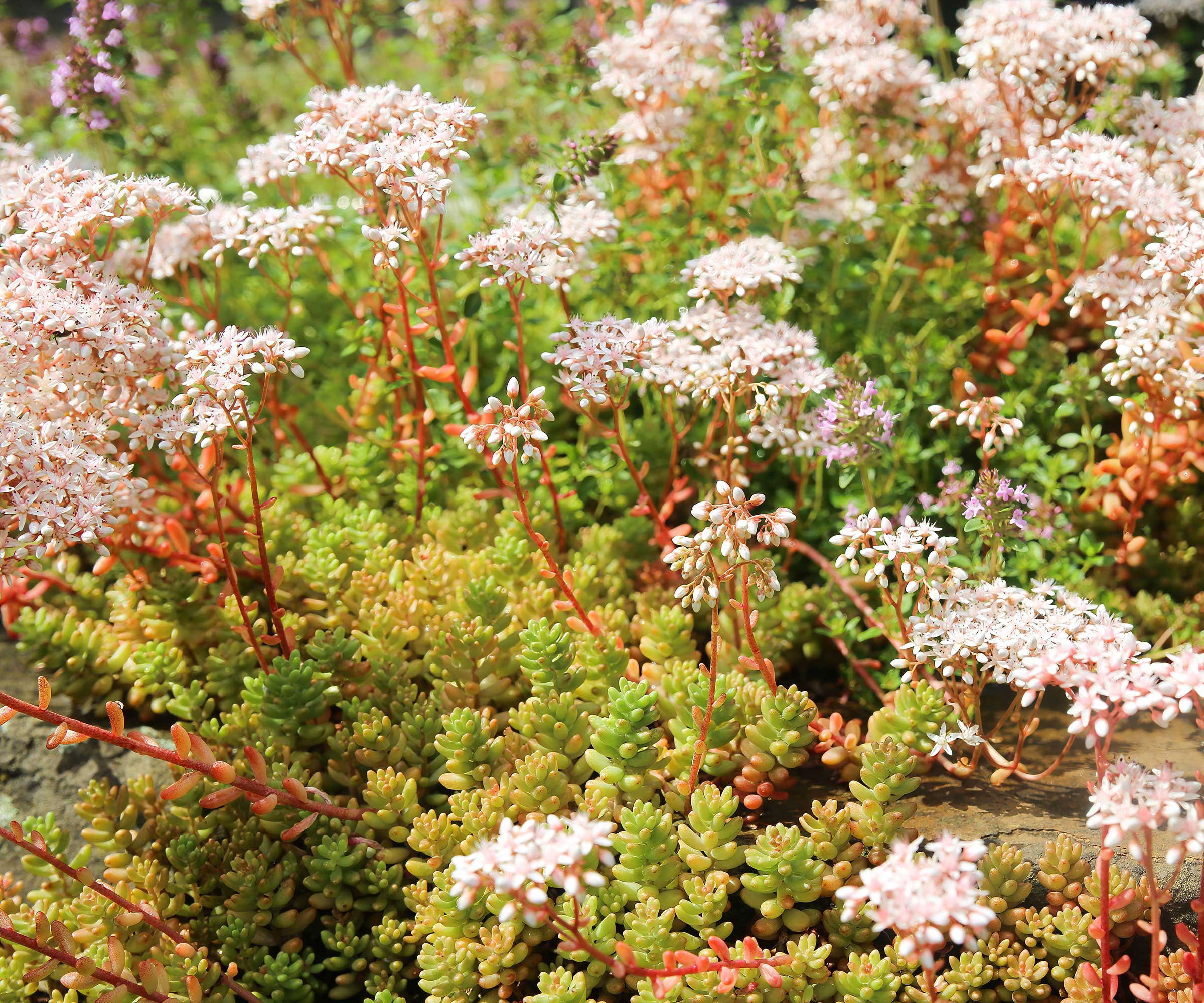
Sedum (stonecrop) is another succulent plant with cultivars that will work in just about any climate,’ shares Todd Boland, President of the North American Rock Garden Society.
Design expertise in your inbox – from inspiring decorating ideas and beautiful celebrity homes to practical gardening advice and shopping round-ups.
‘They are sun-lovers, are drought-tolerant with flowers in shades of yellow, pink with white and red as well. Many have colorful foliage that create garden interest even when not in bloom.'
Best to stick to the smaller cultivars like ‘Angelina’, Lidakense and the popular Sunsparkler series available from High Country Gardens.

Todd is the horticulturist at the Memorial University Botanical Garden in St. John’s, Newfoundland, Canada. The Garden’s largest feature is our rock and crevice garden. He is also currently president of the North American Rock Garden Society.
Hens and Chicks
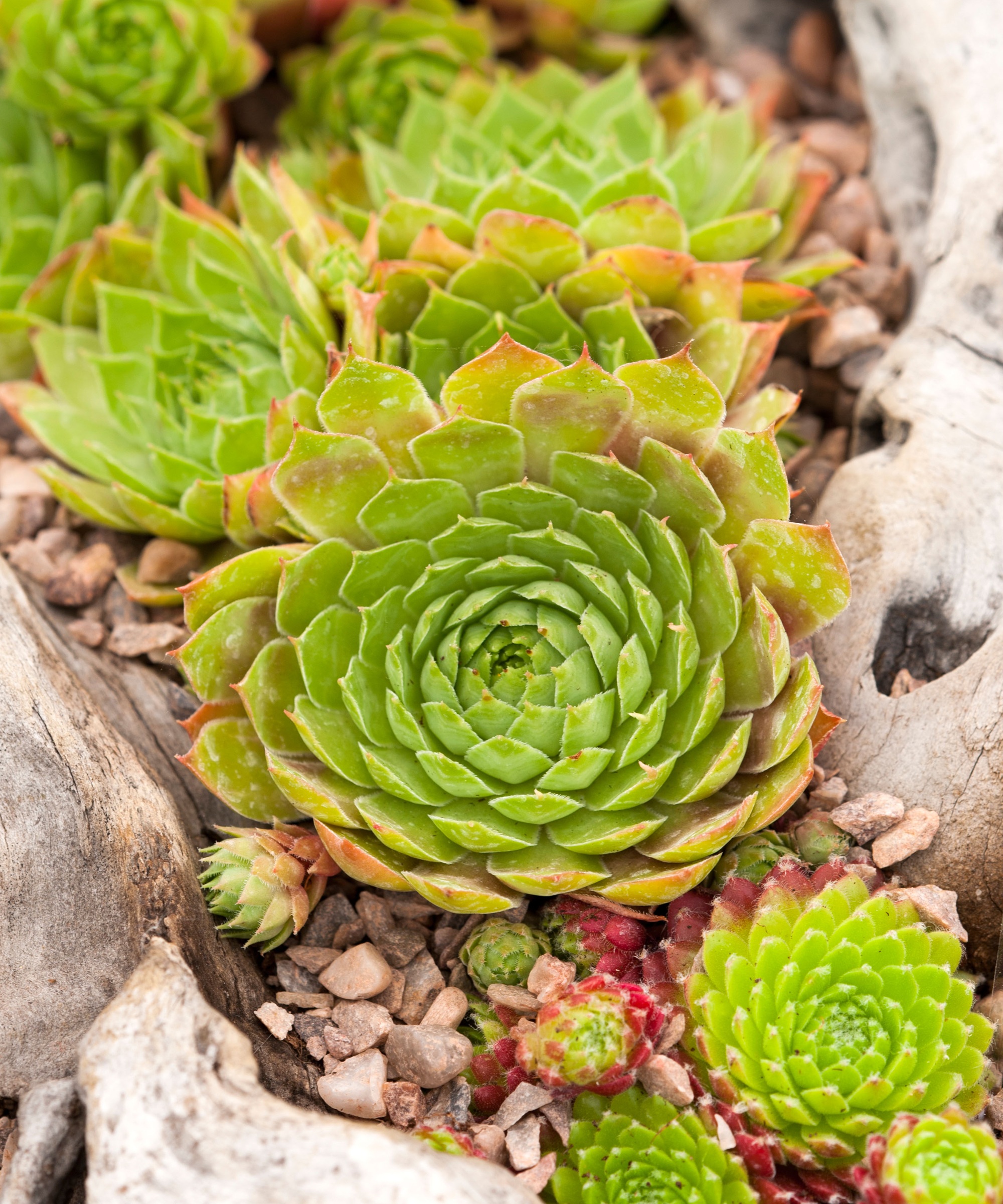
Instantly recognised for their tight, fleshy rosettes Hens and Chicks, a fast growing succulent, is a must for any crevice garden.
'Sempervivum will grow in all climates, cold or hot and will even tolerate some shade. They have much variety in size and foliage color so can be used in the tightest of crevices,’ explains Todd. ‘Spreading quickly, these plants are easy to propagate and an excellent choice for the xeric garden.’
Start your collection with an assortment of 20 sempervivum plants from Walmart.
Dianthus
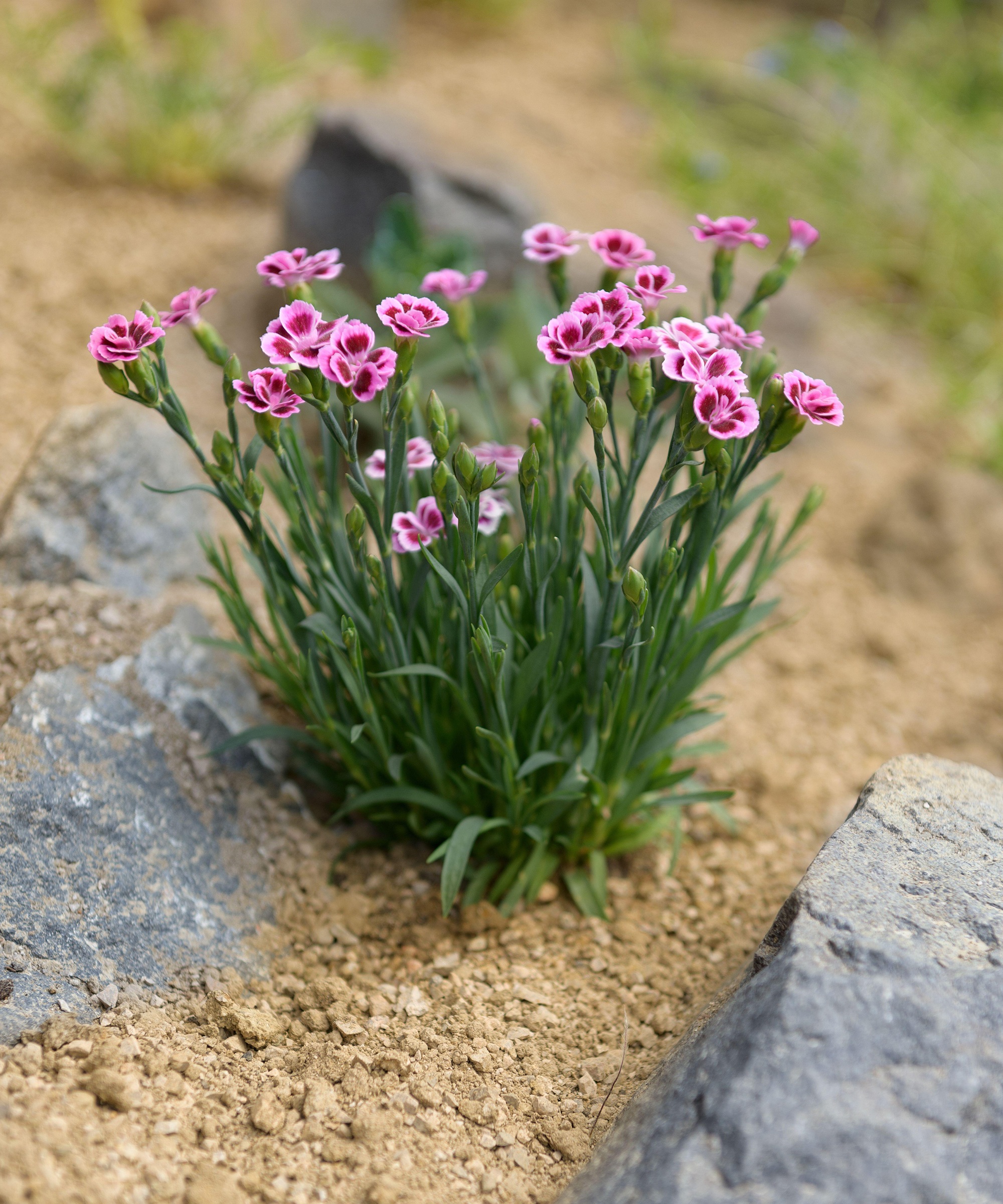
Alpine dianthus, Dianthus alpinus, thrives in USDA zones 3-9 and will dazzle with their long flowering period that stretches from spring to fall.
‘Prized for their fragrant pink to white flowers, dianthus are wonderful subjects for crevice gardens,’ says Tom Boland.
‘Plants form low mats of often blue-tinted foliage. Good for both northern and southern areas as long as the site is sunny. Cultivars of D. gratianopolitanus (cheddar pinks), D. deltoides (maiden pinks) and D. alpinus (alpine pinks) are especially recommended.’
Jovibarba heuffelii
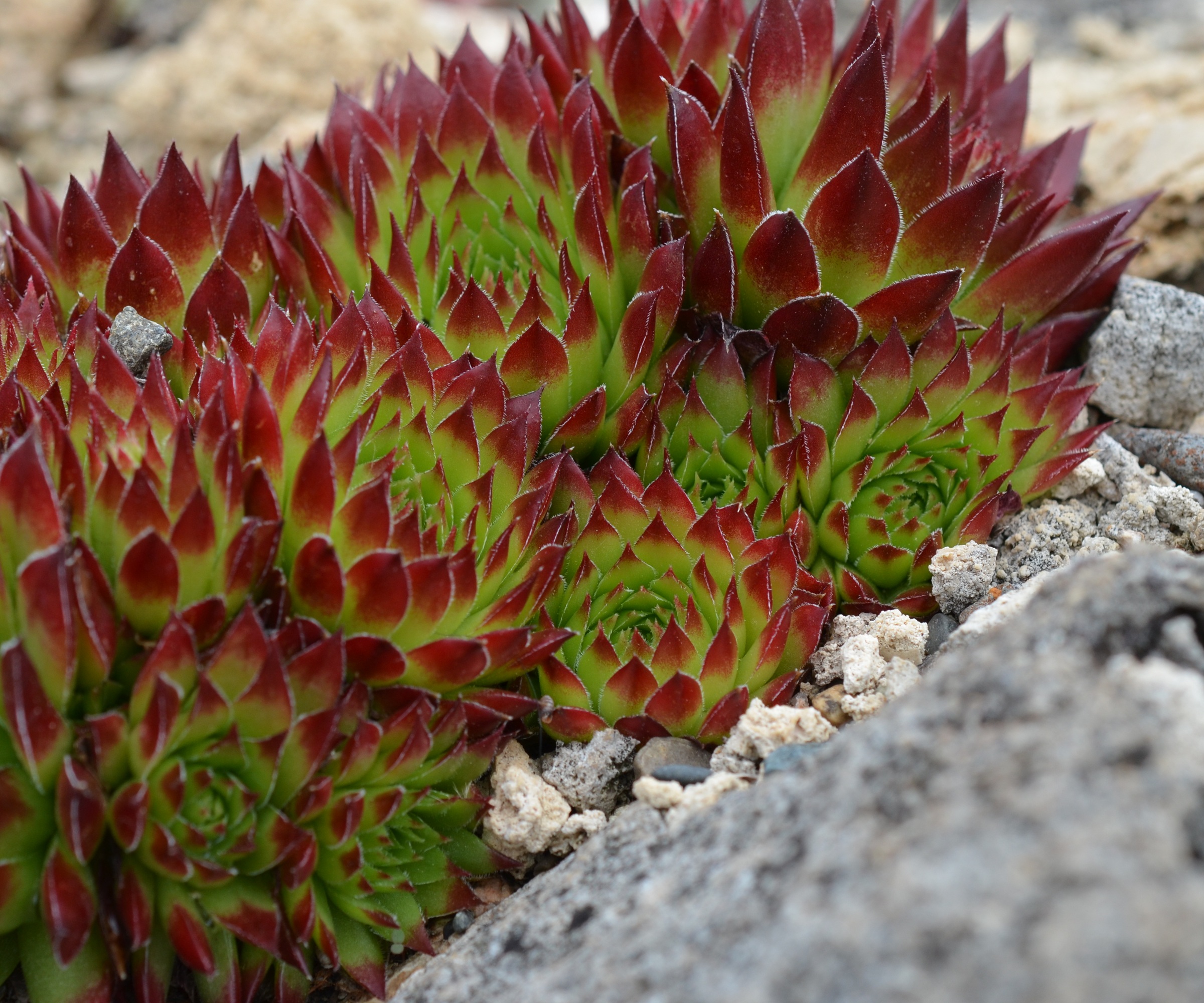
Remarkably similar to sempervivum or Hens and Chicks, Jovibarba heuffelii is a clump forming succulent with thrive in the toughest of locations, often in extreme weather conditions.
Each rosette has fewer petals than a houseleek; usually around six plus yellow bell-shaped flowers and are generally slower growing, forming tighter clumps.
‘With their striking and widely varying leaf colours (from dusty purples to bright lime and reds), just simply planting multiples along a crevice line creates a dramatic effect year-round,’ explains alpine specialist Esther Wrightman, owner of Wrightman Alpines Nursery.
‘Sun-loving, easy to grow, and well-behaved succulents, they also play a key role in maintaining the structure of a crevice garden. You’ll find using them as plugs in sloped or vertical crevices will effectively prevent washouts of sand that can happen after heavy rains or watering.’

Esther Wrightman is the second generation owner of Wrightman Alpines Nursery, a mail order business that has been in operation since 1985, located in New Brunswick, Canada. Year round, cold hardy alpine plants are propagated from seed sourced from intrepid collectors who discover these miniature plants on mountain ledges and arctic screes around the world. These alpine plants are generally slow growing and choice plants, suitable for trough, rock and crevice gardens. They are carefully packed and mailed to customers across Canada and the USA, bringing mountains to gardens, from New Mexico to Alaska, and everywhere in between.
Spanish sandwort
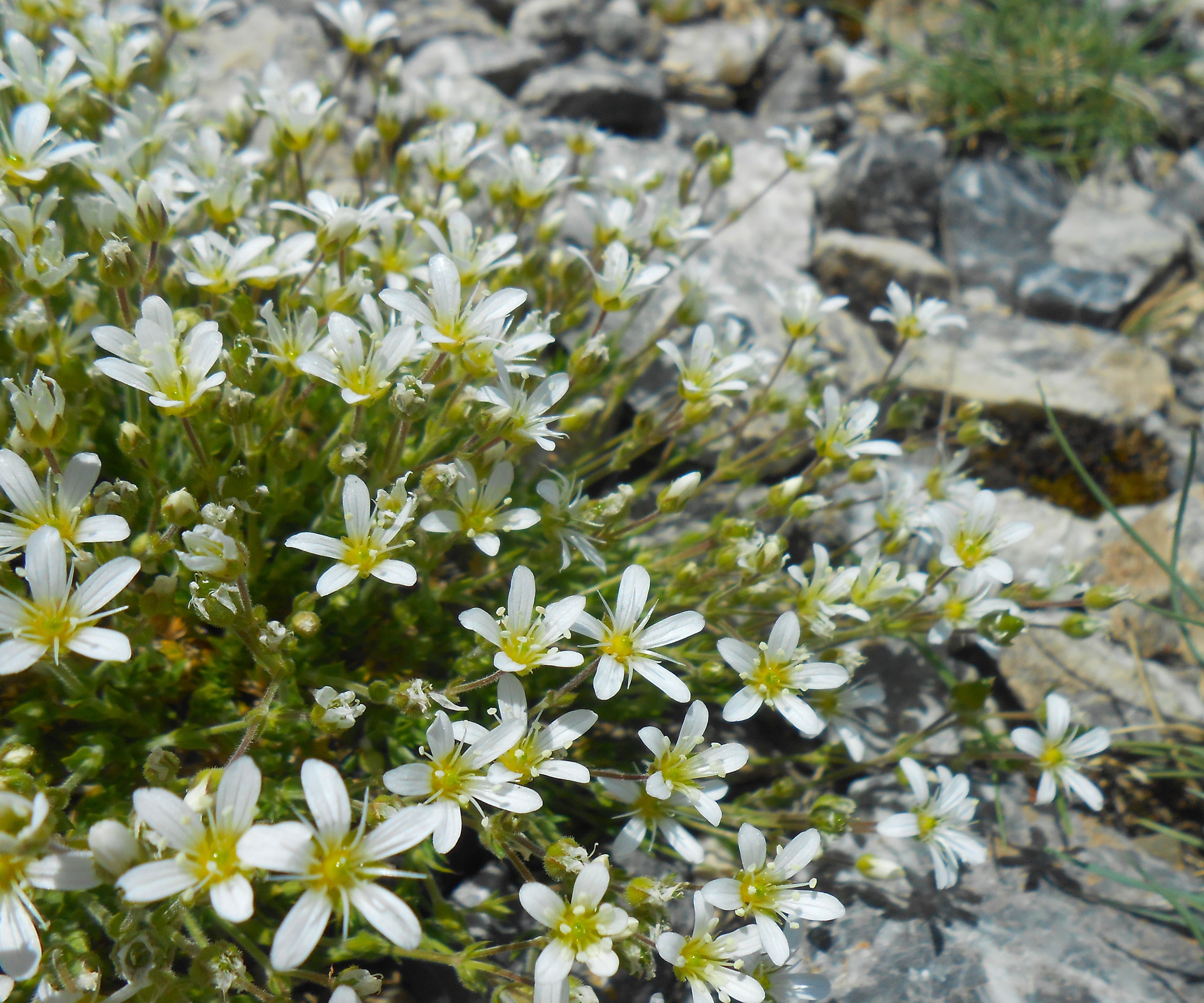
Hailing from the dry rocky limestone slopes of Spain’s Pyrenees, this hummock forming alpine is smothered in tiny blooms from late May to June. Hardy in USDA zone 4 – if the roots are kept sufficiently dry – it will usually keep its leaves over winter.
‘While their small white flowers aren’t impressive in colour or size, Arenaria mats or Arenaria tetraquetra are excellent for subtly showing the contours of rocks,’ continues Esther.
‘The triangular leaves are ornately edged in white, giving the mat an intricately frosted appearance.’
She also suggests interplanting Arenarias with taller alpine plants, such as Gentians and dwarf Iris, as this ‘replicates nature aesthetically, and functionally, by covering and protecting roots of their companion plants.’
Hardy African Violets
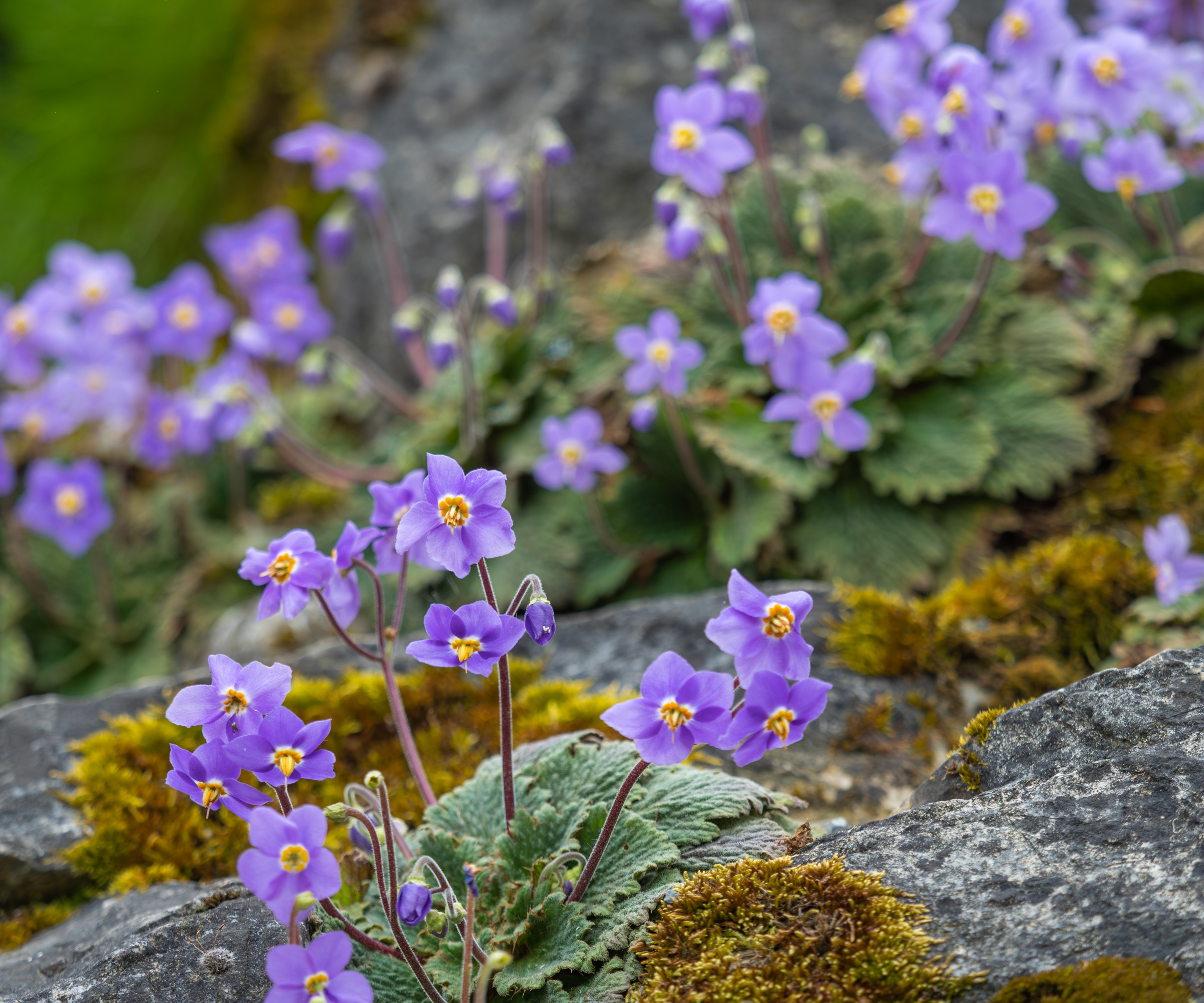
With their broad, ground hugging foliage and vivid blooms, these evergreen perennials will bring a splash of color to any crevice garden in spring and summer. Hardy in USDA zones 5b-8, with leafless flower spires that only reach 3-4 in (8-10cm) tall, they are a striking sight.
‘These hardy African violets, Ramonda myconi, are at home embedded in cool, shaded cliffsides,’ says Esther. ‘Their clusters of open-faced purple (sometimes pink and white) flowers hang delicately above crinkled rosettes of furry leaves.
'Crevices help with the much-needed drainage when they fall into seasonal dormancy, keeping the crowns dry and free from rot. Give them time and they just get better with age – many more blooms, and even some light self-seeding if it is content.’
If you want to see some professional design inspiration when it comes to landscaping with drought tolerant plants and succulents, have a look at the images of the Karoo succulent garden, which was part of the RHS Chelsea Flower Show 2025. You are sure to be amazed at the breadth of planting.

Journalist Jill Morgan has spent over 20 years writing and editing gardening, interior and property features. Titles she has worked on include The English Home, House Beautiful, Ideal Home, Houzz and Modern Gardens and she writes regularly for H&G as a Contributing Editor. Whilst she is a dab hand at renovation projects and DIY, she is happiest when out digging in the garden or planning a new border.